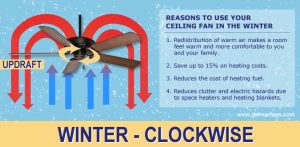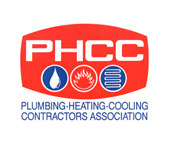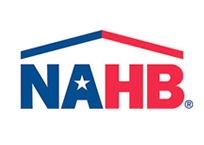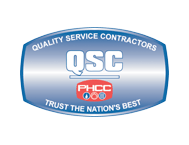Heating Efficiency in your Home
According to the Department of Energy, “heating and cooling account for about 48% of the energy use in a typical U.S. home, making it the largest energy expense for most homes.” So if it’s such a large energy expense, wouldn’t it make sense to want the most efficiency possible?
Since we are in Wisconsin, let’s focus on the heating season. We at Dave Jones, Inc. have collected our best tips on how to minimize heat loss and increase efficiency in your home.
1. Programmable thermostat:
A programmable thermostat is one that automatically adjust the temperature at specific periods of the day. For example turning the heat down at night or while you’re at work during the day, and up during home hours. Energy Star states that “Through proper use of a programmable thermostat (using the four pre-programmed settings) you can save about $180* every year in energy costs.” Find out more on the Energy Star website.
2. Furnace tune-up:
We at Dave Jones probably sound like a broken record on this one, but an annual tune-up is the most effective way to maintain the efficiency of your furnace. It is also an opportunity to catch any potential problems before they become “no-heat” problems or require emergency service. Contact us to schedule your tune-up.
3. Regularly change furnace filters:
A dirty furnace filter doesn’t allow air to flow through it as well as a clean one. The less air flow, the harder your furnace blower has to work to circulate air. Fun fact – a furnace filter’s main purpose is to prevent debris from entering the furnace and causing damage! How to change a furnace filter.
4. Seal leaks around doors and windows:
There are many potential spots for heat loss around the home, sealing them up can help keep the heat where it should be!
5. Change fan rotation:
In winter, change your fans to rotate clockwise so the naturally rising warm air is pushed back down. Many fans have a simple switch to change the fan direction, not sure if yours does? Check out this how-to video from DelMar.

Source: http://www.delmarfans.com/educate/basics/what-is-the-proper-ceiling-fan-direction/
6. Clear area around vents:
Check the area around the vents and remove anything that could be blocking the warm air from getting into the room. If the air is not going in the desired direction, consider moving furniture or other fixtures to increase airflow. For instance, if you have long curtains and the vent under the window is only successful at blowing air up between the curtain and the window – a deflector can redirect the vent to blow into the room, where it is most needed.
We hope these easy tips can help maximize your energy usage this winter. As always, if you have any troubles with your furnace or want to schedule that tune-up, give us a call! Dave Jones, Inc. is a family business and a household name for over 40 years!
Resources: https://energy.gov/public-services/homes/heating-cooling, https://www.energystar.gov/products/heating_cooling/programmable_thermostats/proper_use_guidelines,
http://www.delmarfans.com/educate/basics/what-is-the-proper-ceiling-fan-direction/












